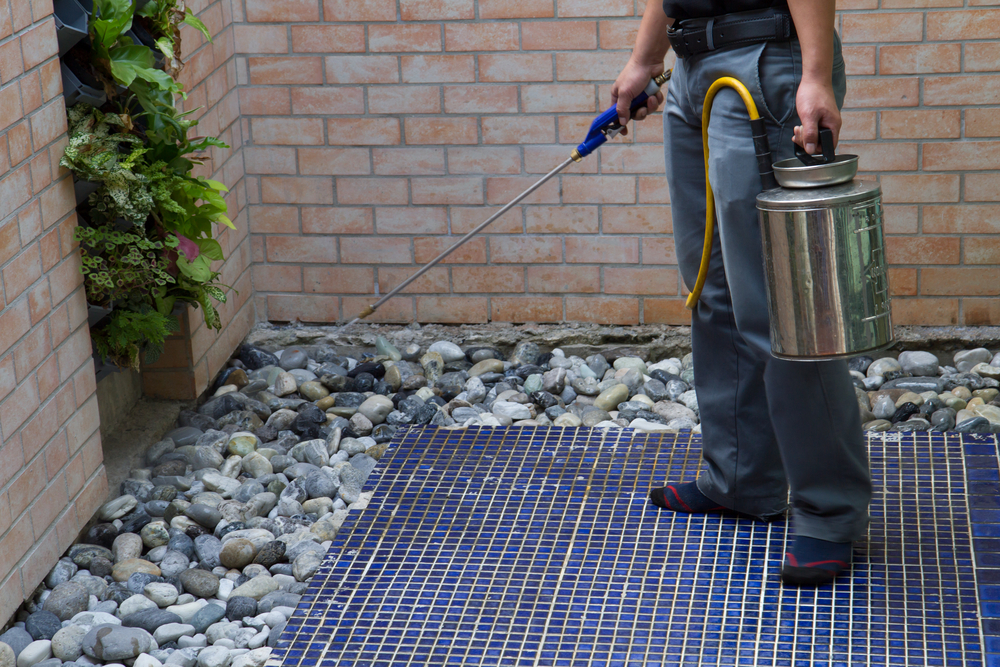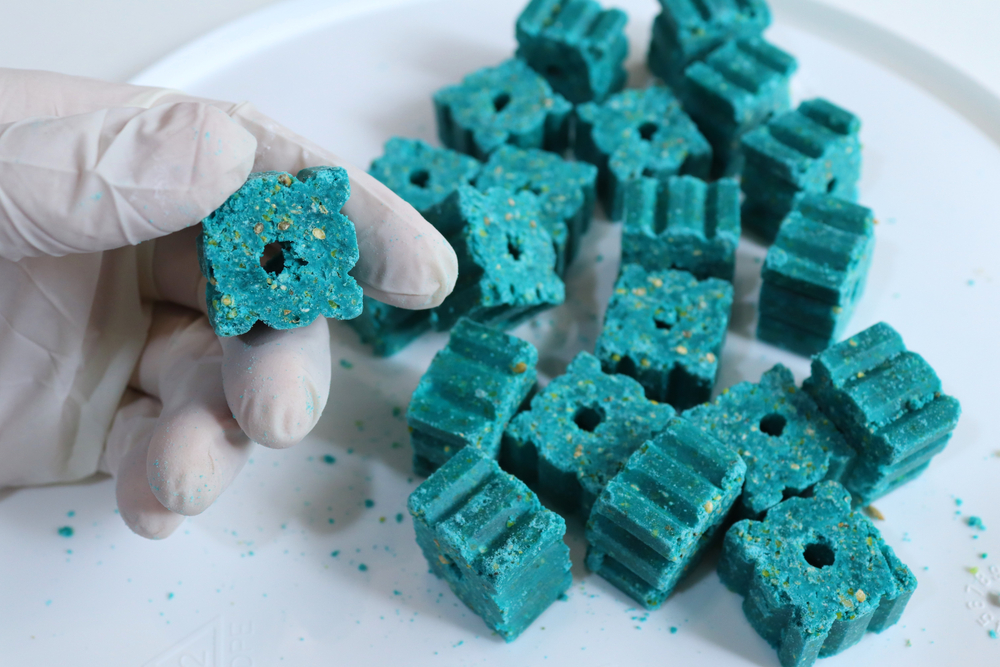Rodenticides (i.e., rat poisons) provide a potentially efficient means when trying to control rodent populations. However, these poisons are created to attract and kill any animal that ingests them, making these chemicals extremely dangerous to curious pets. Rodenticides are widely used, and the American Society for the Prevention of Cruelty to Animals (ASPCA) Animal Poison Control Center includes them on their top 10 pet poisonings list each year.
Depending on the bait type and ingredients ingested, any animal who swallows even a small amount of rodenticide can die within hours, or they may succumb days or weeks later. Any rodenticide ingestion can harm or kill your pet, so our Companion Veterinary Clinic team is sharing what you need to know to protect your beloved four-legged friend.
Common rodenticide ingredients
For many years, the most common rodenticide ingredients were anticoagulants, which inhibit the blood’s natural clotting ability and cause death by blood loss. As long as your veterinarian recognizes and treats this toxicity quickly, they can easily manage your pet with an antidote that reverses blood clotting suppression. Because of recent changes to U.S. Environmental Protection Agency (EPA) regulations, many different rodenticide ingredients are now available, most of which are deadlier and more difficult to successfully counteract than anticoagulants. In addition to anticoagulants, other common rodenticide ingredients include:
- Cholecalciferol (vitamin D) — This highly toxic compound increases blood calcium levels, leading to kidney and other organ damage.
- Bromethalin — This toxin causes brain swelling and neurologic dysfunction.
- Zinc and aluminum phosphides — A deadly gas forms in the stomach when pets consume this poison, which damages the gastrointestinal (GI) tract, nervous system, and internal organs.
Rodenticide toxicity signs in pets
Rodenticide ingestion’s signs are highly variable, depending on the ingredient your pet consumed, the amount, and when. A pet’s potential toxicity signs may take one to seven days to appear and may include the following:
- Anticoagulants — Signs include lethargy, pale gums, weakness, breathing difficulty, skin bruising, or bleeding from the GI tract, lungs, nose, or urinary tract
- Cholecalciferol — Signs include weakness, vomiting, poor appetite, increased drinking and urination
- Bromethalin — Signs include nervous system dysfunction such as tremors, incoordination, seizures, or paralysis
- Zinc and aluminum phosphides — Signs usually occur within minutes or hours and are likely to include vomiting or diarrhea that will contain gasses that are also toxic to humans. Ensure you ventilate the area where your pet falls ill if this occurs indoors. Other signs include nervous system dysfunction such as stumbling, tremors, or seizures
Treatment for rodenticide toxicity in pets
Seek professional veterinary treatment as soon as you suspect your pet has ingested a rodenticide, ideally before signs manifest or as soon as possible after your pet begins exhibiting them. Your pet’s veterinary team may induce vomiting and administer activated charcoal to reduce the amount of poison their body has absorbed. The next treatment steps depend on the exact ingredient your pet ingested but may include vitamin K1 supplements to normalize blood clotting, intravenous (IV) fluids to support hydration and kidney function, and medications to counteract GI, nervous system, liver, or kidney damage. You may be required to continue providing home care and treatment for a few weeks after your pet’s discharge from the hospital.
Recovery and long-term outlook after rodenticide ingestion in pets
Most pets who have ingested rodenticide and received prompt veterinary care recover. However, some affected pets may sustain long-lasting organ damage that will require lifelong treatment. Repeat blood work and close monitoring are often required for weeks or several months after an incident to evaluate organ function and overall health. A pet who has ingested a large amount of poison, does not receive immediate treatment, or sustains poisoning complications often dies. Therefore, you must act quickly to improve your pet’s chances of making a full recovery.
Preventing rodenticide ingestion in pets

The best way to prevent your furry pal from ingesting a rodenticide is to avoid using these poisons around your home. If you have serious rodent problems, contact a professional exterminator to determine the eradication options that are safest for your pet. If you live in a rural or agricultural area where rodenticides are commonly used, keep your cat indoors and keep your dog in a fenced area or on a leash at all times. If you visit with friends or family members who do not have their own pets, ask whether they use rodent poison anywhere in or around their home.
Contact our Companion Veterinary Clinic team during normal business hours, or head to your nearest veterinary emergency facility if your pet ingests rodenticide, exhibits rodenticide toxicity signs, or their stools include brightly colored dyes, which are often added to rodent baits to facilitate identification. Obtain as much information as you can about the rodenticide’s ingredients and the amount your pet ingested. If you have the poison’s packaging, bring it with you to the veterinary hospital.
If your pet ingests a rodenticide, you can also contact the ASPCA Animal Poison Control Center or Pet Poison Helpline and open a case with a toxicology professional, who will help guide our veterinary team during your pet’s emergency treatment.







Leave A Comment